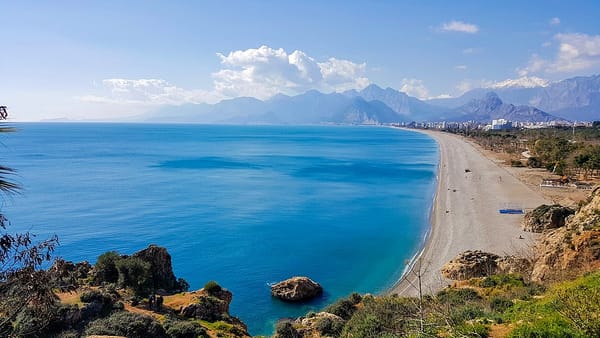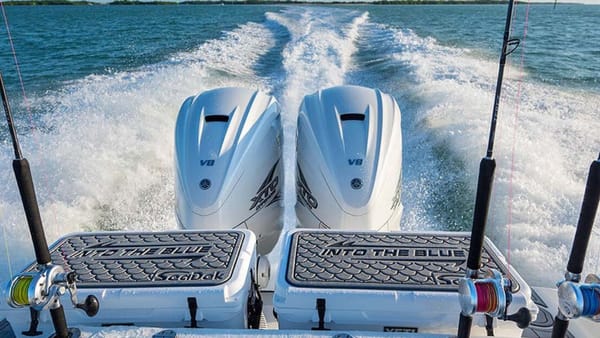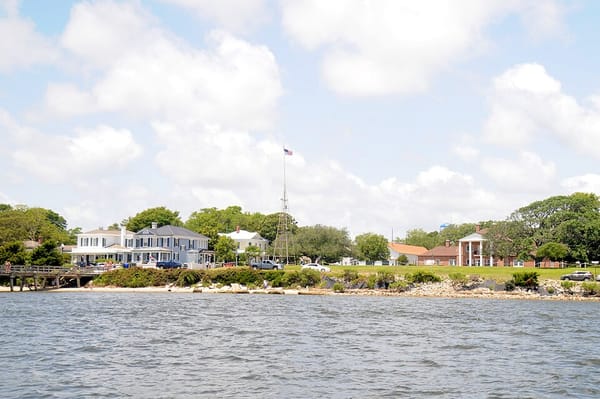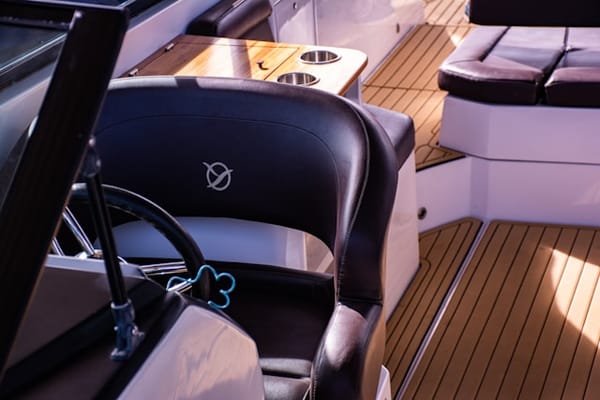Diving Directory: Snorkel and Dive Sites Around Grand Bahama Island
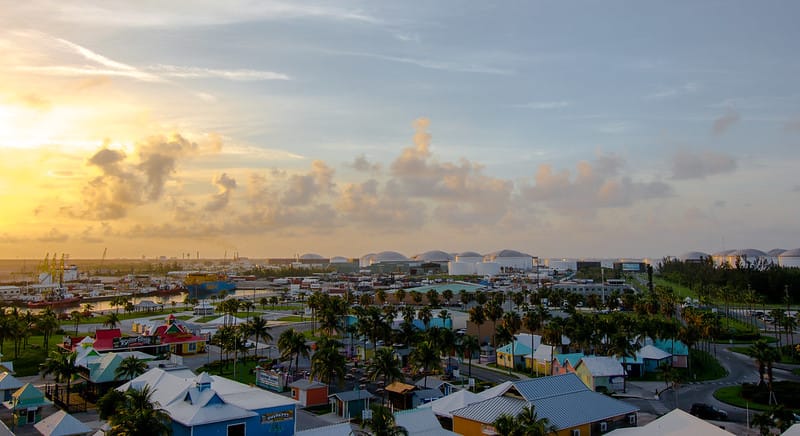
Whether you’re into snorkeling, diving, underwater photography or spearfishing, you’ll find a wide variety of wrecks, reefs and walls located throughout the waters of the Bahamas. Angelfish, sea turtles, manta rays and all sorts of colorful coral, sponges and swaying plant life make up this intriguing underwater world (not to mention that beautifully blue water itself). In fact, many boaters navigate from Florida to the Bahamas in their own boats just to be able to explore the waterways on their own time.
Today, we’re going to concentrate on sites located along the west and southwest sections of Grand Bahama island. They’re easily accessible from private boat slips near Freeport, Taino Beach and Port Lucaya. Whether you book a trip with a local dive company or take off aboard your own boat, we’ve got some suggestions for beginner, expert and intermediate divers.
Paradise Cove
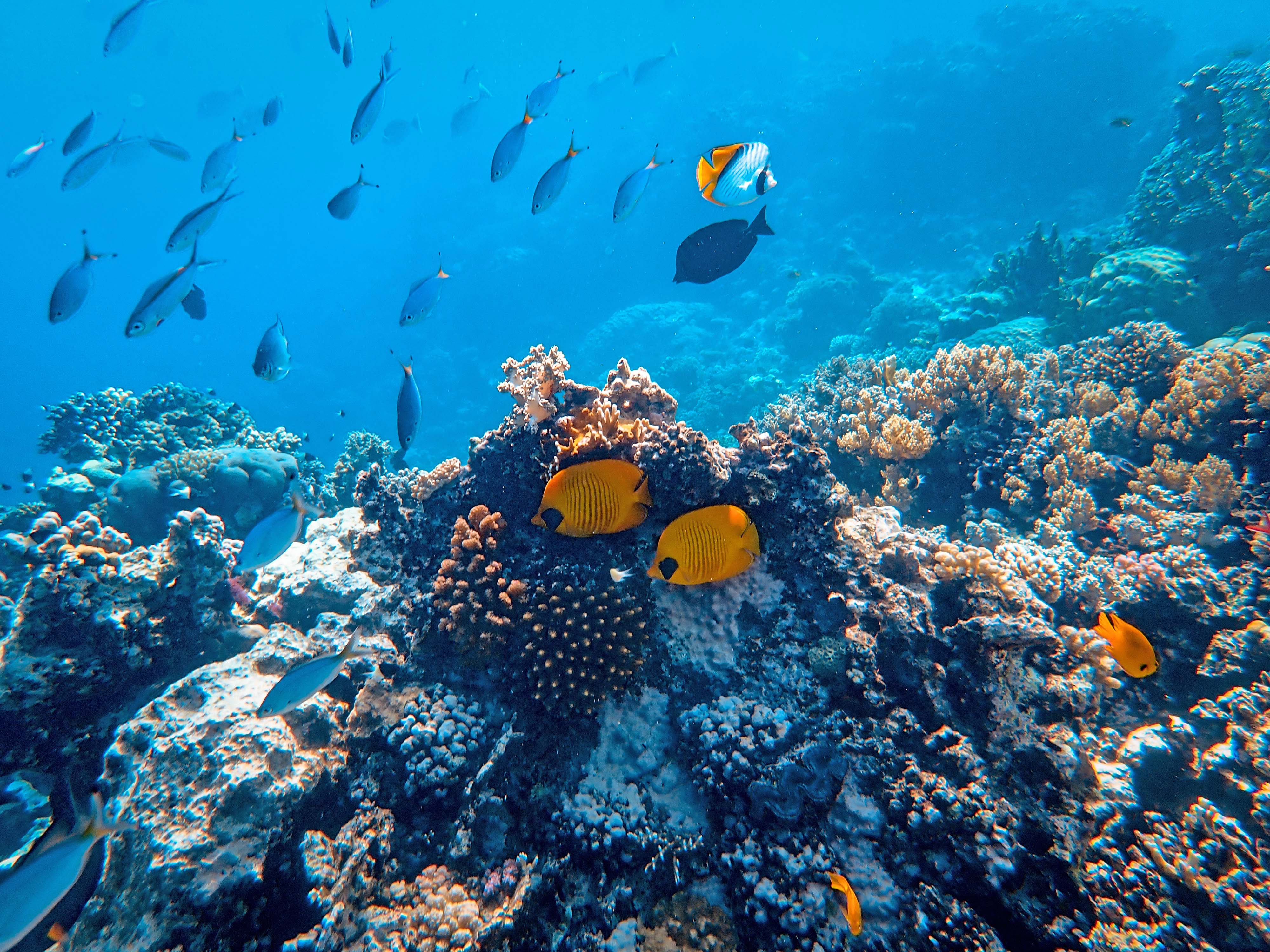
Photo: Pexels
For those who aren’t SCUBA-certified or just don’t want to don regulators, air tanks and other such equipment, we’ll start off with a popular snorkel site. Paradise Cove is located at Deadman’s Reef on the southwestern side of the island. The reef is a short swim from the beach, which makes it convenient if some of your group just wants to sit in the sun.
Peterson Cay
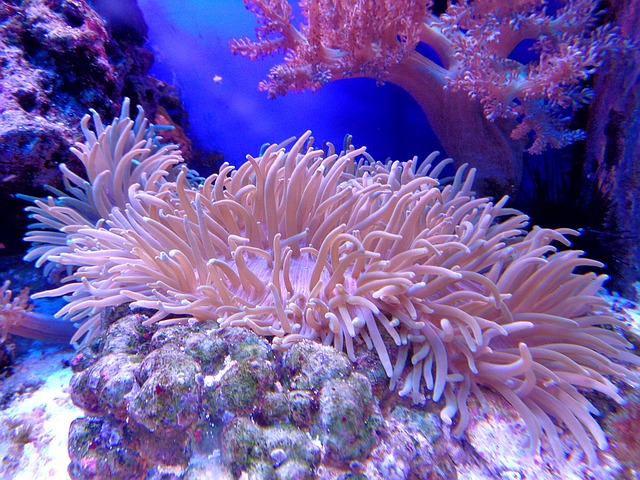
Photo: Pixabay
Located in Peterson Cay National Park, this snorkel site has shallow areas on the sandbars and reefs. It’s about a mile offshore and is only accessible by boat or kayak. You’ll see damselfish, angelfish, sea turtles, parrotfish, colorful coral and lots of other marine life for great underwater photo shoots. Interesting fact: it’s the largest manmade reef ball reef (which is made by pouring concrete into a fiberglass mold) in the Bahamas.
Ben’s Blue Hole
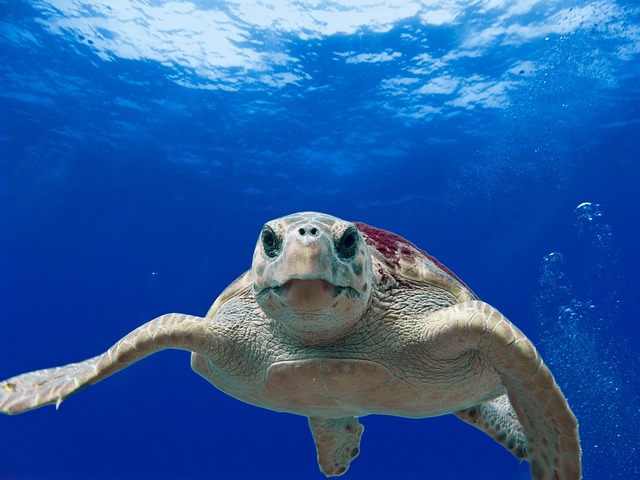
Photo: Pixabay
When you see the large sunken horseshoe shape in the sand, you’ll know you’re at the right place. This beginner dive site, located on the south coast of the island, is between 39 and 49 feet in depth. There’s a mooring set in a coral head for responsible anchoring.
The area is part of a channel where freshwater goes out to the sea. This creates a fresh and saltwater environment that attracts a wide variety of fish. You might see anything from large green moray eels and loggerhead turtles to grouper, jacks and snapper. It’s popular with photographers for this very reason.
Picasso Gallery
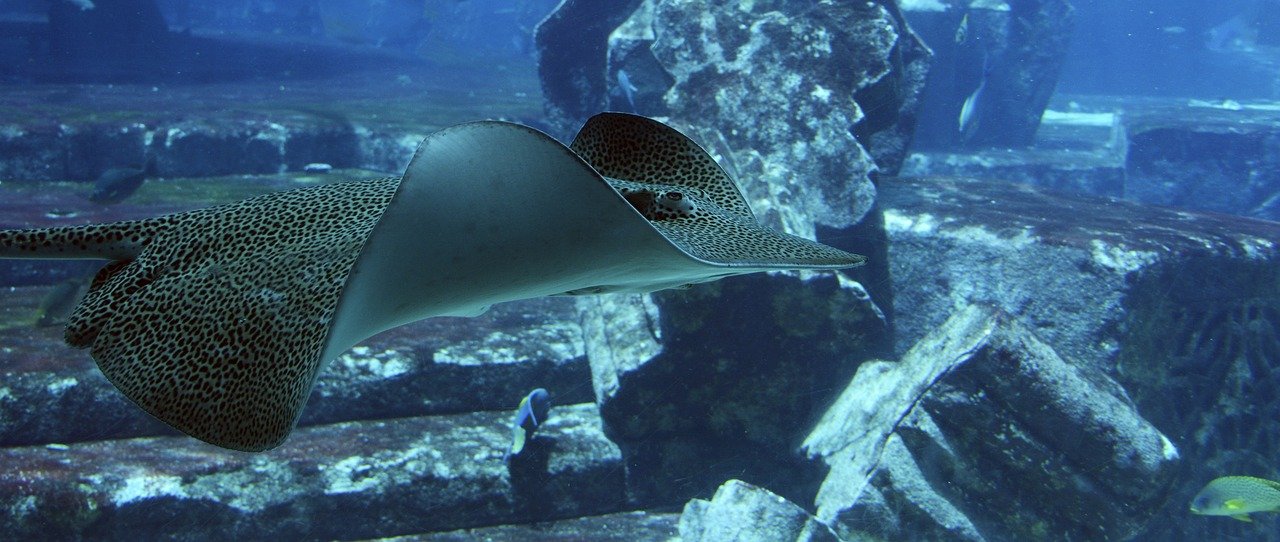
Photo: Pixabay
Picasso Gallery gets its name from its shape that somewhat resembles a painter’s palette. That, and the “masterpiece” of colorful coral, creatures and formations in the area. Arrow crabs, stingrays, reef sharks and other marine creatures hang out in this art-like seascape. The site is about 39-65 feet in depth and great for beginning divers who want to spend the day exploring from a private boat lift rental in the Bahamas.
Papa Doc Wreck
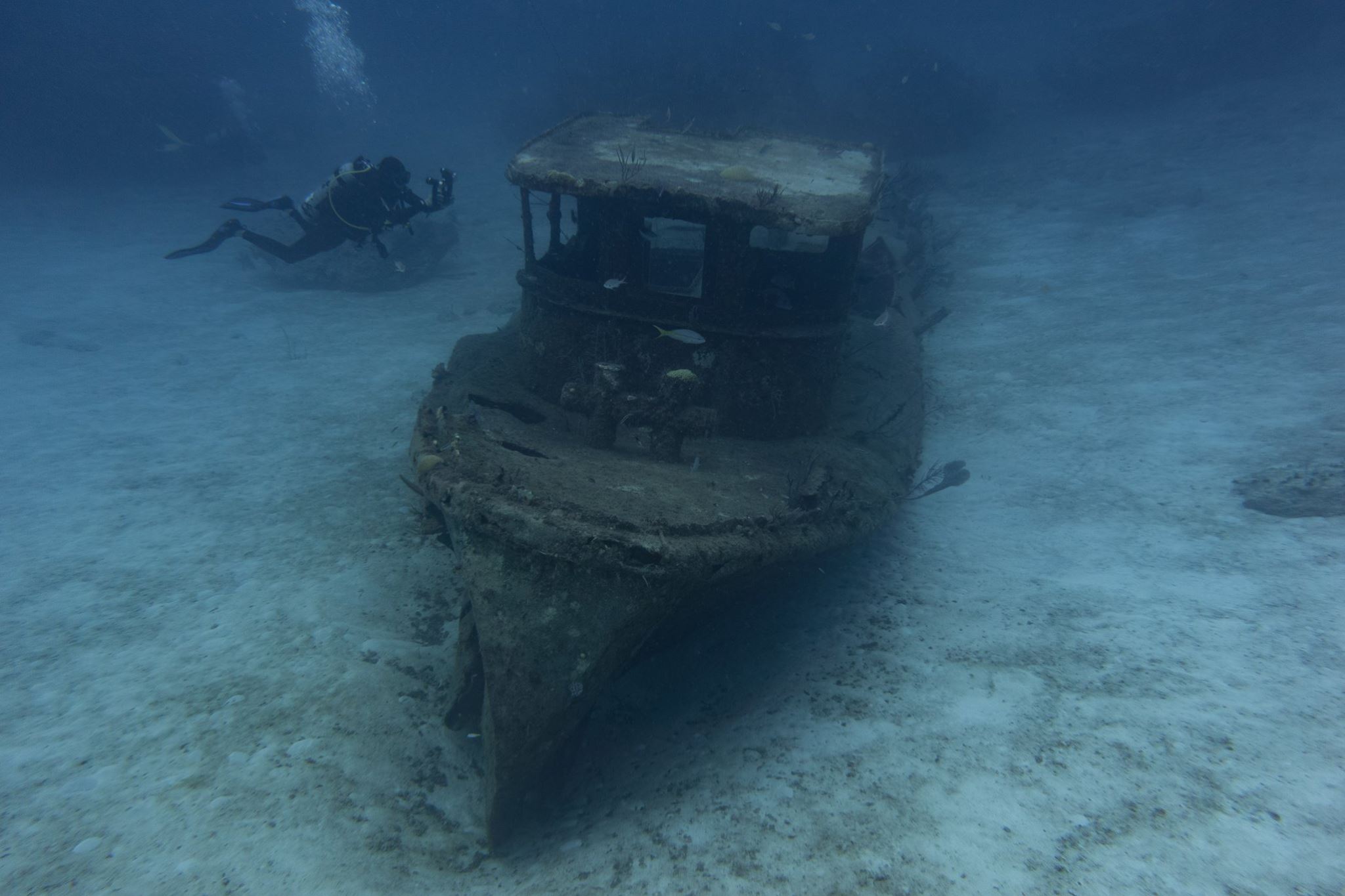
The Badger tugboat (Photo: UNEXSO - Grand Bahama Facebook))
Located off Taino Beach, the Papa Doc Wreck gets its name from an incident that happened in 1978. Mercenaries were headed off to overthrow Francois “Papa Doc” Duvalier in the Haitian Revolution, but the 70-foot shrimp boat sank before getting there. The engine blocks are about all that's left of the Papa Doc, but there is another boat nearby (the tugboat "Badger) that was intentionally sunk in 1996 as part of the UNEXSO artificial reef program. Coral heads can be found throughout the area, which sits at about 32 – 46 feet in depth.
Angels Camp
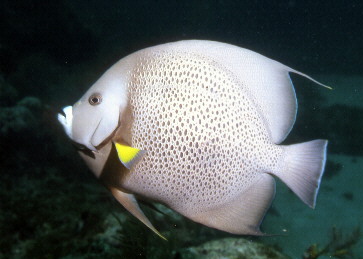
Photo: Wikimedia
Angels Camp is a great spot for beginner divers. It’s approximately 32 – 46 feet in depth and can be found just off Taino Beach, which is convenient for boat slip rentals near Port Lucaya. Coral sections run east to west. The large sand channel is part of Shark Alley reef. There are spotted drum, lobsters, stingrays and lots of angelfish (including the sapphire blue and yellow queen variety and the distinctive grey-toned French variety). You might spot the curious but non-aggressive grey Caribbean reef shark.
Sharks Alley
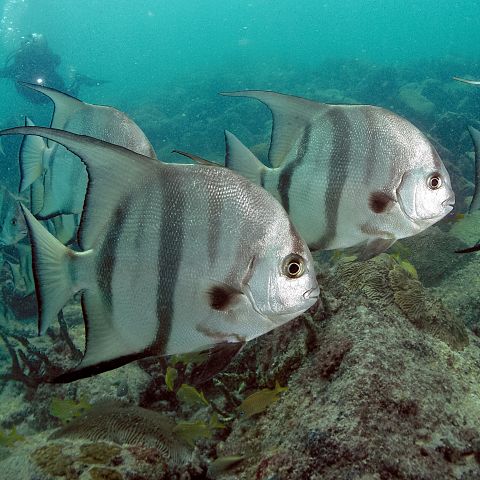
Spadefish (Photo: Wikimedia)
Sharks Alley is around 49 feet in depth and suitable for all levels of diver. The reef system connects to Hydro Lab on the east and Caves Site to the south. You’re likely to see grey Caribbean reef sharks, grouper, spadefish and stingrays. An interesting aspect of this site is the 45-foot upside down Pretender’s Wreck tugboat.
Tiger Beach

Photo: Wikimedia
Considered an intermediate dive, Tiger Beach is for the thrill seeker who wants to see tiger, nurse and lemon sharks. You might also spot grouper and snapper. The site is about 19 feet in depth.
Sea Star Wreck
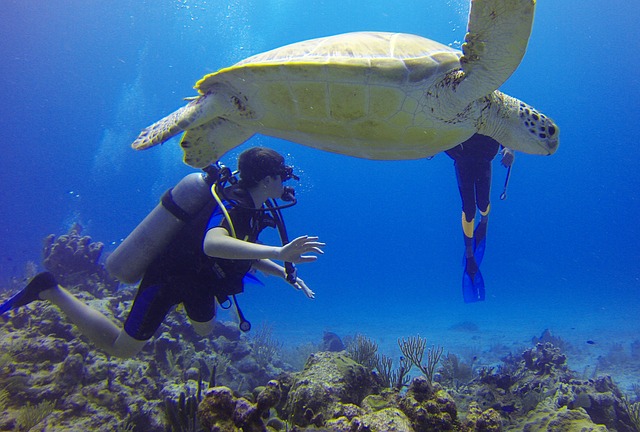
Photo: Pixabay
Also known as Emmanuelle, the Sea Star Wreck was purposely sunk in April 2002. It’s about 180 feet long, in two sections, and in an upright position in 90 feet of water. Advanced divers can swim alongside arrow crabs, rainbow crabs and schooling snapper as they explore the galley, wheelhouse and crews’ quarters of the freighter’s cargo hold.
Theo’s Wreck
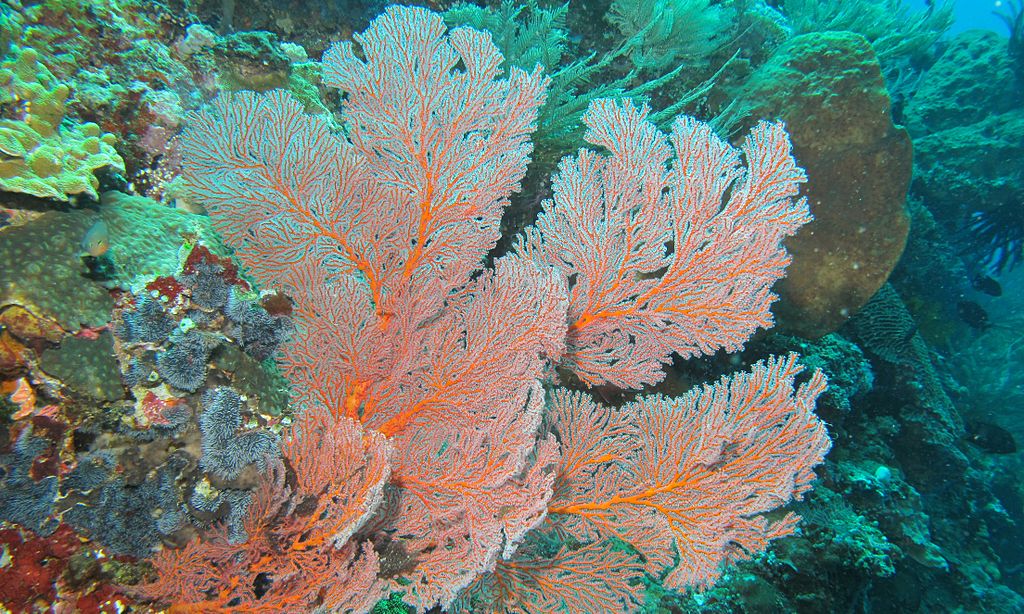
Photo: Wikimedia
Theo’s Wreck is an advanced dive about 1.5 miles off the coast in 98 feet of water. The 230-foot long wreck is on its side on the ocean floor, between the reef and a drop-off of about 101 feet. It sunk in 1982 and is home to fish, vegetation and soft corals such as the delicate and tree-like gorgonian sea fan and orange false gorgonians. There are two permanent buoys (one at the bow and one at the stern) that mark the position of the wreck. Currents vary with the tides in this area, so use the buoys for safety.
Stay tuned for more Bahamas posts in the future. In the meantime, if you’re thinking that leaving your private boat dock rental and traveling to the Bahamas aboard your own boat might be for you, check out our guide. Happy Boating!
